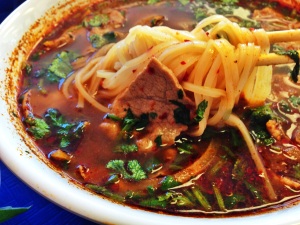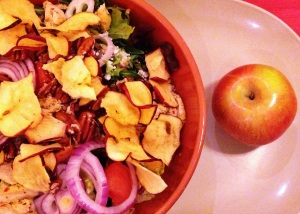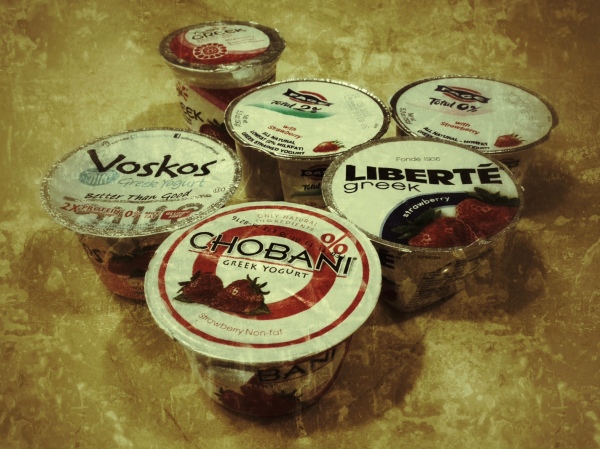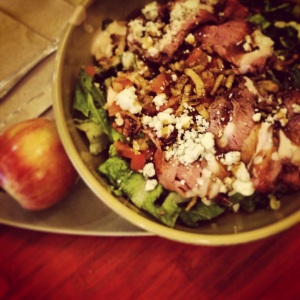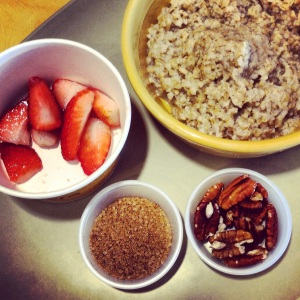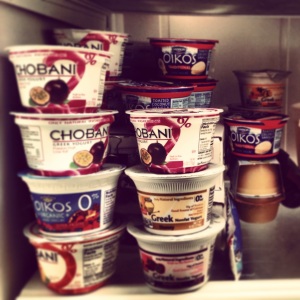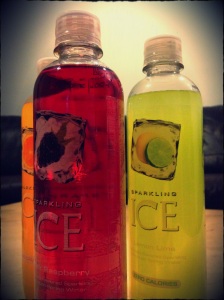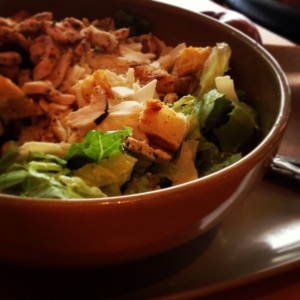The incredible popularity of Greek yogurt in the United States has resulted in the introduction of some interesting similar foods from other countries that we otherwise may never have experienced. One such food is skyr, a dairy product from Iceland that is technically a cheese but offers many of the same characteristics that have made Greek yogurt so popular.
Like Greek yogurt, skyr is a relatively dense product packed with more protein, less sugar and very low milkfat content compared to traditional yogurt, but the degree of these differences really depends on which skyr you buy.
I’ve only tried — and seen, for that matter — two brands of skyr: siggi’s and skyr.is. The former has quite a following in the northeast especially in the Tri-State metropolitan area, being a New York-based artisan company with distribution that has expanded to the point of taking up space on shelves in Target’s grocery section! That’s actually where I first saw siggi’s products.
On the other hand, skyr.is is a relatively new product in the United States market with a more limited distribution to certain regions of the country through the Whole Foods chain. Unlike siggi’s offering, which is made in “upstate” Chenango County based on traditional family recipes from founder Siggi Hilmarsson, who set up shop in the region so he could source his product with milk from local family farms that feed their cows grass and don’t pump them full of growth hormones, skyr.is sells authentic Icelandic skyr actually produced in Iceland and imported to the U.S.
Skyr.is is by far the more accessible of the two brands with a consistency and tartness similar to Chobani. It really is quite delicious, but it’s a tad on the expensive side relative to the Greek yogurt brands and even siggi’s whose fans are now starting to benefit from the brand’s growing popularity: I have to pay almost $3 for a single cup of skyr.is at Whole Foods compared to the $2.20 I pay for siggi’s (which is even cheaper at Target at about $1.90 per cup).
Siggi’s is definitely more of an acquired taste with a biting tang that will probably take a lot of people by surprise. Siggi himself said that the reason he decided to make skyr was because the traditional yogurt in America was too sweet for his tastes, and his recipe uses absolutely no artificial sweeteners like aspartame or sucralose with only organic agave nectar, a low glycemic index natural sweetner great for us diabetics, to contribute sweetness (siggi’s has only a little more than half the carbs of skyr.is and less than half the sugar content).
The challenge is that the tartness of siggi’s is overwhelming such that it can be difficult to taste any other aspect of the skyr’s flavor. The strawberry variety tastes like really, really, really sour strawberries… at least I thought it did until I tried acai & mixed berry and then peach and realized that they kind of all taste the same to me because the flavors of the fruits are lost in the tang.
Nevertheless, the more I eat of siggi’s the more I like it despite my initial reactions. It’s not my favorite of the Greek yogurt “class” of foods, but I’m starting to grow accustomed to the whole other level of sour it offers so I’ll have a cup every so often to mix things up a bit… and it certainly helps that it’s probably one of the healthiest options in the category with the highest quality ingredients.
The only flavor I’ve tried that I haven’t been able to take is the orange & ginger which is just harsh: much respect to anyone who can finish one of those because I had to give up halfway through.

